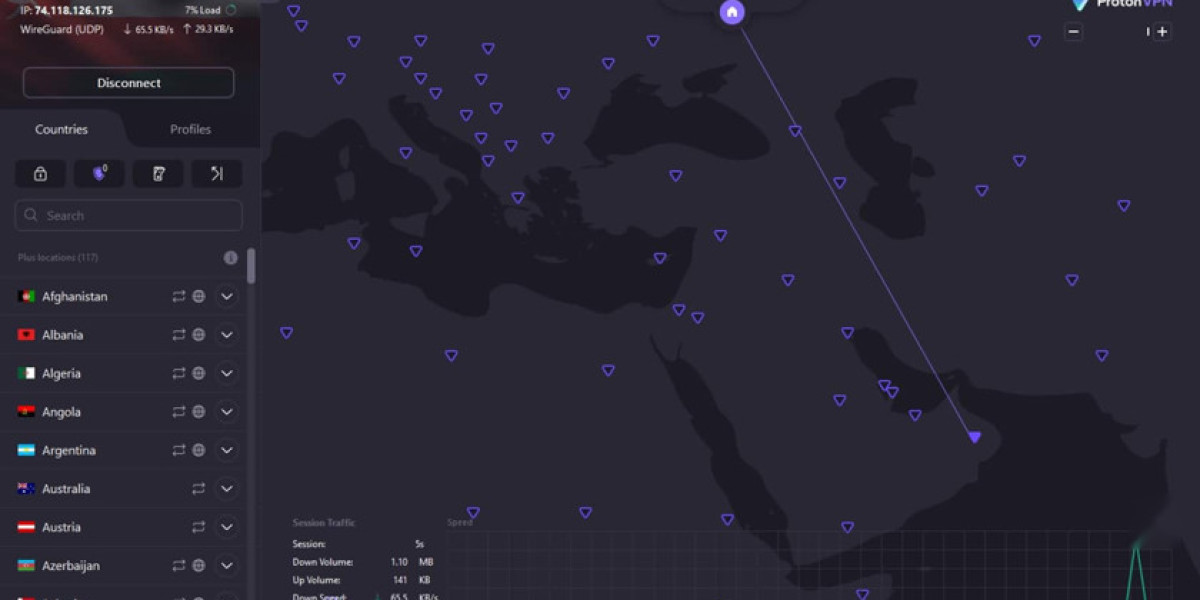Introduction
The global distributed generation (DG) market is witnessing rapid growth as the energy sector shifts toward decentralized, efficient, and sustainable power solutions. Distributed generation refers to electricity produced close to the point of consumption, using small-scale units such as solar panels, wind turbines, microturbines, fuel cells, and combined heat and power (CHP) systems. DG reduces reliance on centralized power plants, enhances grid resilience, and supports renewable energy integration. Rising electricity demand, environmental concerns, and technological advancements are driving the adoption of distributed generation solutions worldwide.
Market Drivers
Increasing electricity demand, rising energy costs, and growing environmental awareness are primary drivers of the distributed generation market. DG solutions provide localized power, reduce transmission losses, and improve energy efficiency. Technological advancements, including hybrid systems, smart inverters, energy storage integration, and IoT-enabled monitoring, enhance performance, reliability, and grid compatibility. Government initiatives promoting renewable energy, carbon reduction, and energy independence further support market growth. The growing need for reliable backup power, industrial energy security, and off-grid electrification drives global adoption of distributed generation systems.
Market Challenges
High initial investment, complex integration with existing infrastructure, and maintenance requirements pose challenges for the distributed generation market. Variability in renewable energy sources, such as solar and wind, can affect power consistency. Grid compatibility issues and regulatory constraints in certain regions may limit adoption. Competition from traditional centralized power generation and utility-scale projects may hinder market growth. Additionally, lack of technical expertise and awareness among end-users can create adoption barriers in emerging markets.
Market Opportunities
Opportunities in the distributed generation market are significant due to the increasing focus on renewable energy, energy security, and grid resilience. Emerging markets with growing electricity demand, rural electrification needs, and renewable energy potential offer high growth potential. Technological innovations, including hybrid DG systems, energy storage integration, microgrid solutions, and smart monitoring, improve efficiency, reliability, and scalability. Strategic collaborations between technology providers, utilities, and government agencies promote wider adoption. Retrofitting existing infrastructure with distributed generation systems for enhanced energy efficiency and sustainability presents additional growth opportunities.
Regional Insights
Asia-Pacific dominates the distributed generation market due to rapid industrialization, urbanization, and renewable energy adoption in countries like China, India, and Japan. North America shows steady growth driven by smart grid development, industrial decentralization, and renewable integration. Europe emphasizes sustainability, carbon reduction, and energy efficiency, contributing to market expansion. The Middle East and Africa are emerging markets with increasing electricity demand, off-grid electrification, and renewable energy initiatives, providing opportunities for distributed generation deployment.
Future Outlook
The global distributed generation market is expected to grow steadily as electricity demand, renewable integration, and decentralized energy solutions increase worldwide. Technological advancements, including energy storage, hybrid systems, and IoT-enabled monitoring, will enhance efficiency, reliability, and adoption. Market players are likely to focus on product innovation, regional expansion, and strategic partnerships to capitalize on emerging opportunities. Increasing emphasis on sustainability, energy security, and cost efficiency will continue to drive long-term market growth globally.
Conclusion
The global distributed generation market presents strong growth potential driven by renewable energy adoption, electricity demand, and the need for decentralized, reliable power solutions. Adoption of advanced, hybrid, and IoT-enabled DG systems enhances energy efficiency, grid resilience, and sustainability, positioning them as essential components of modern energy infrastructure







